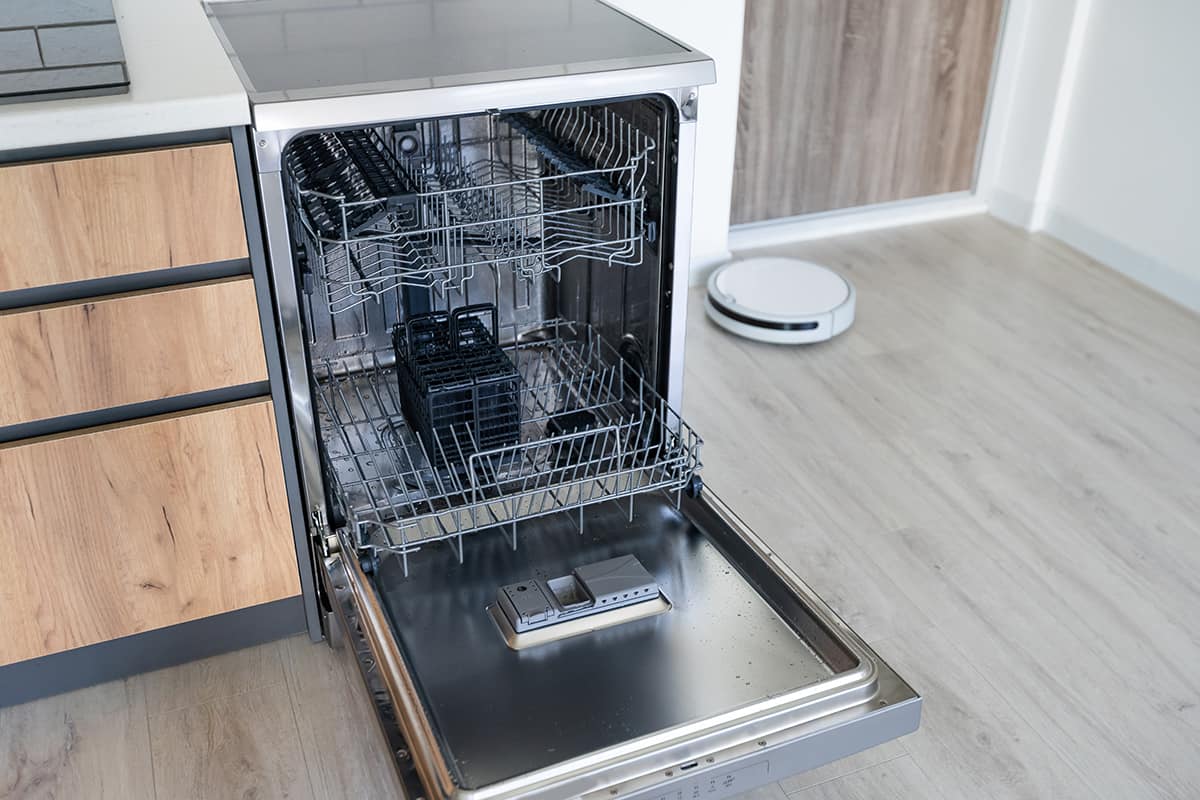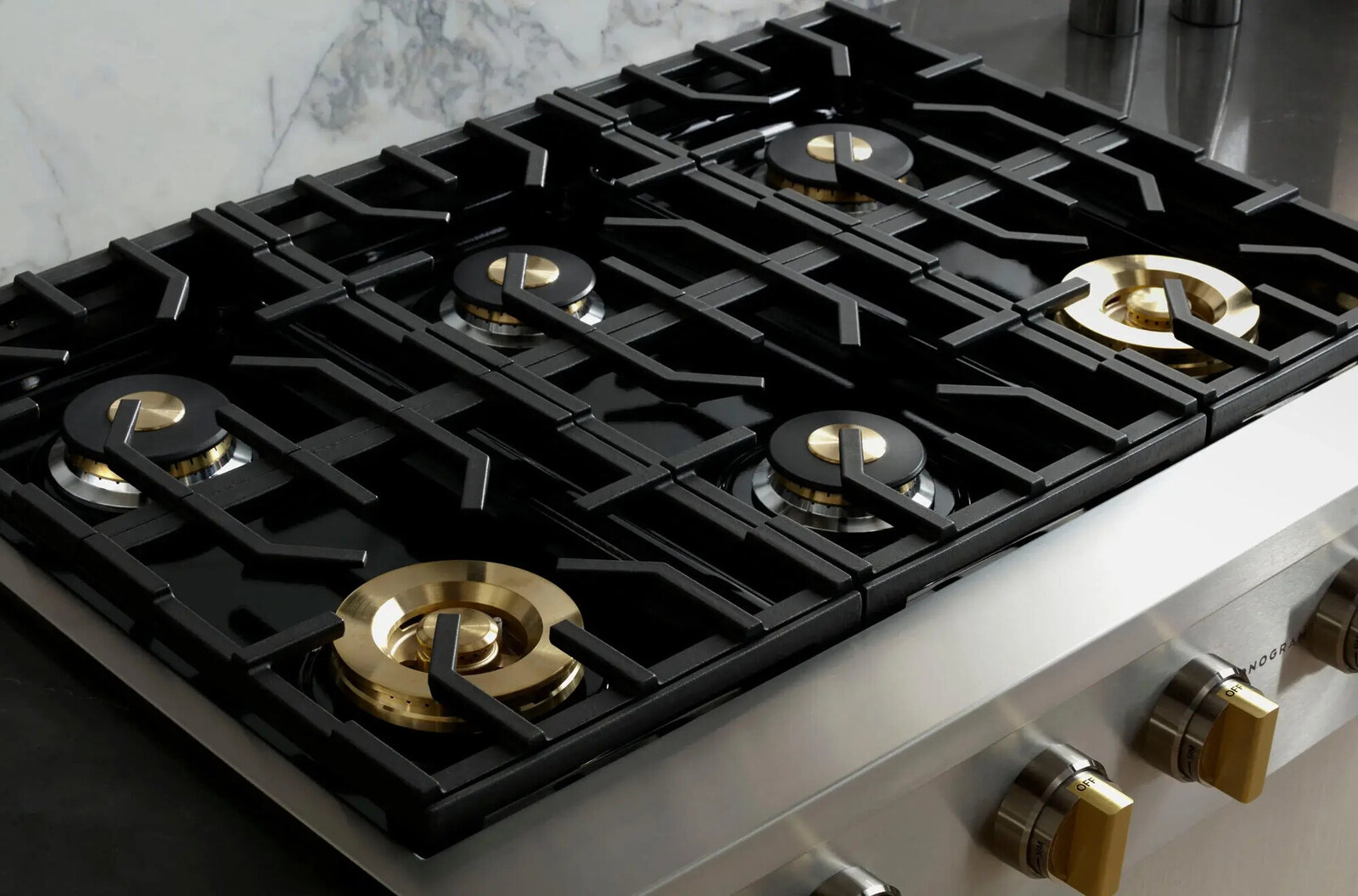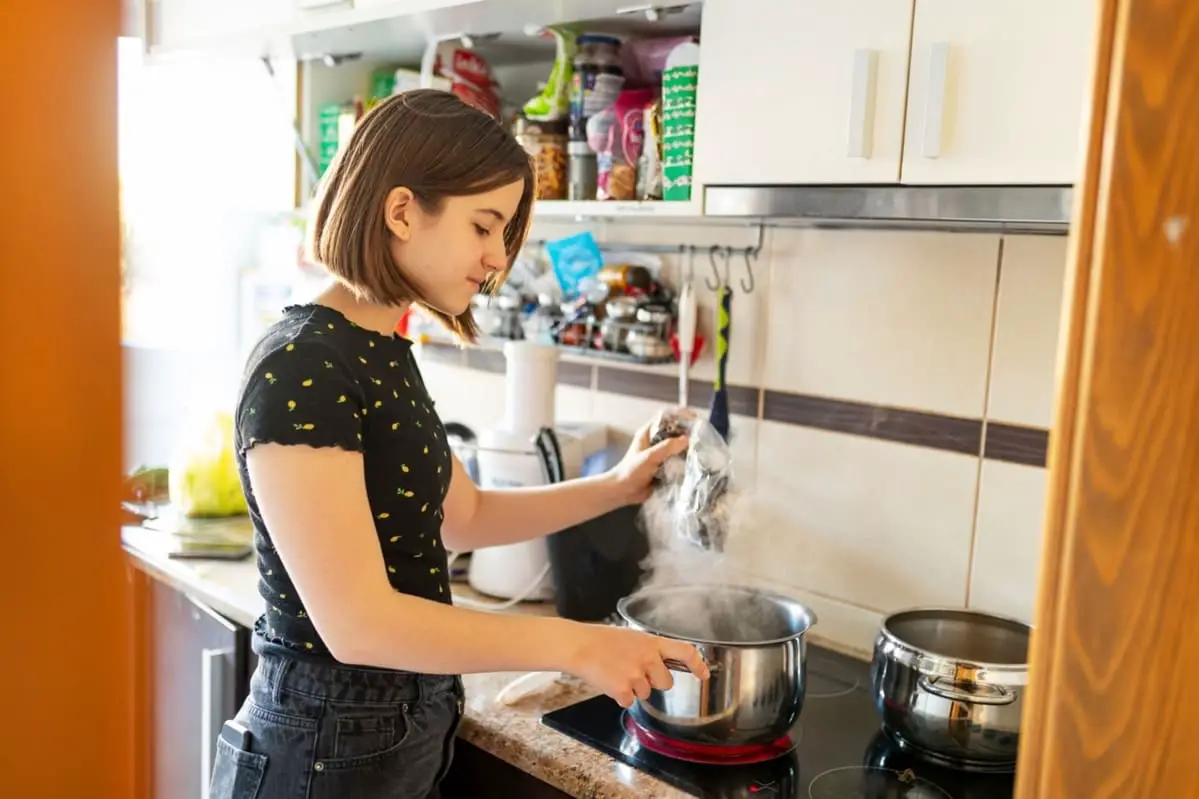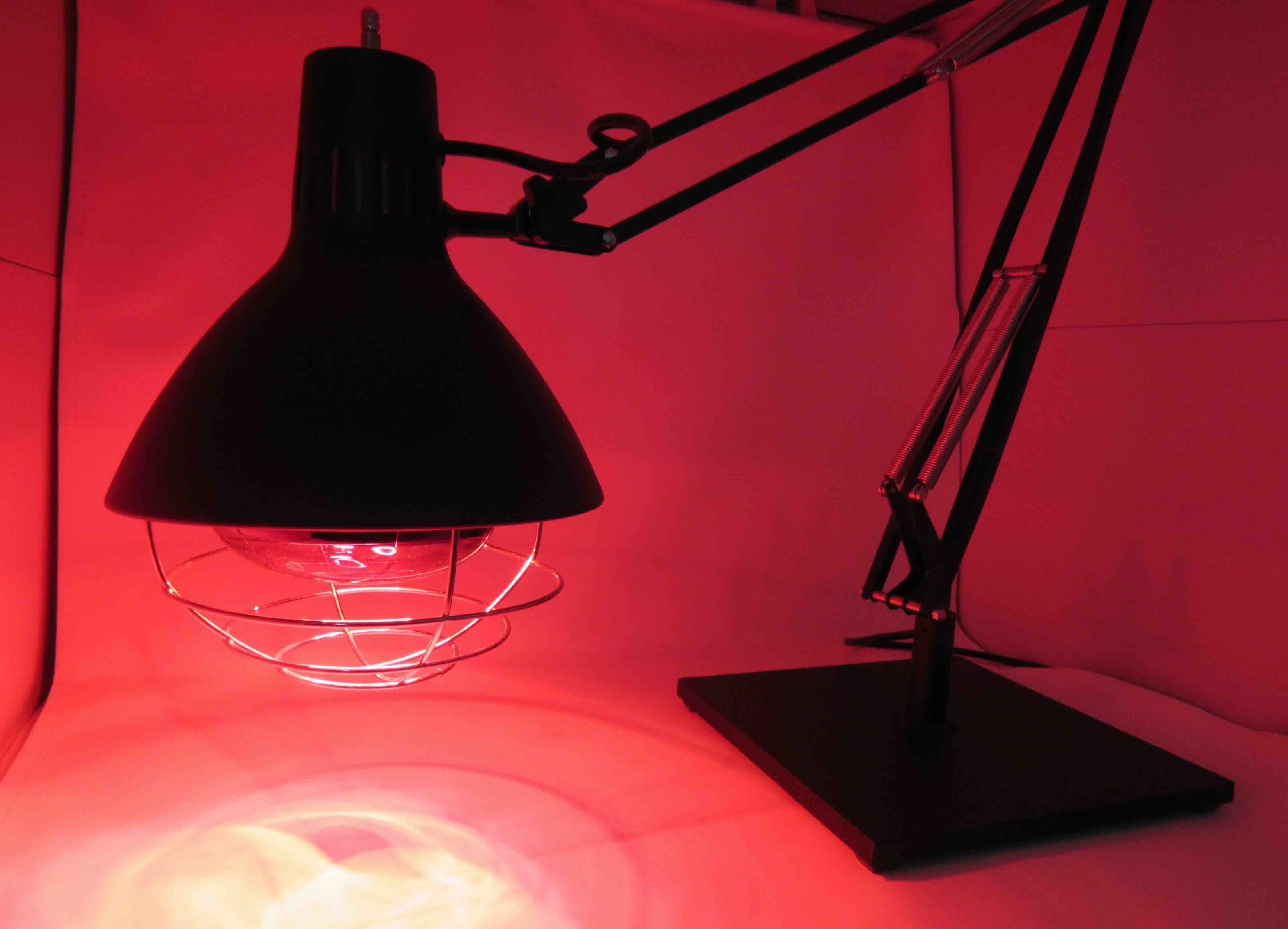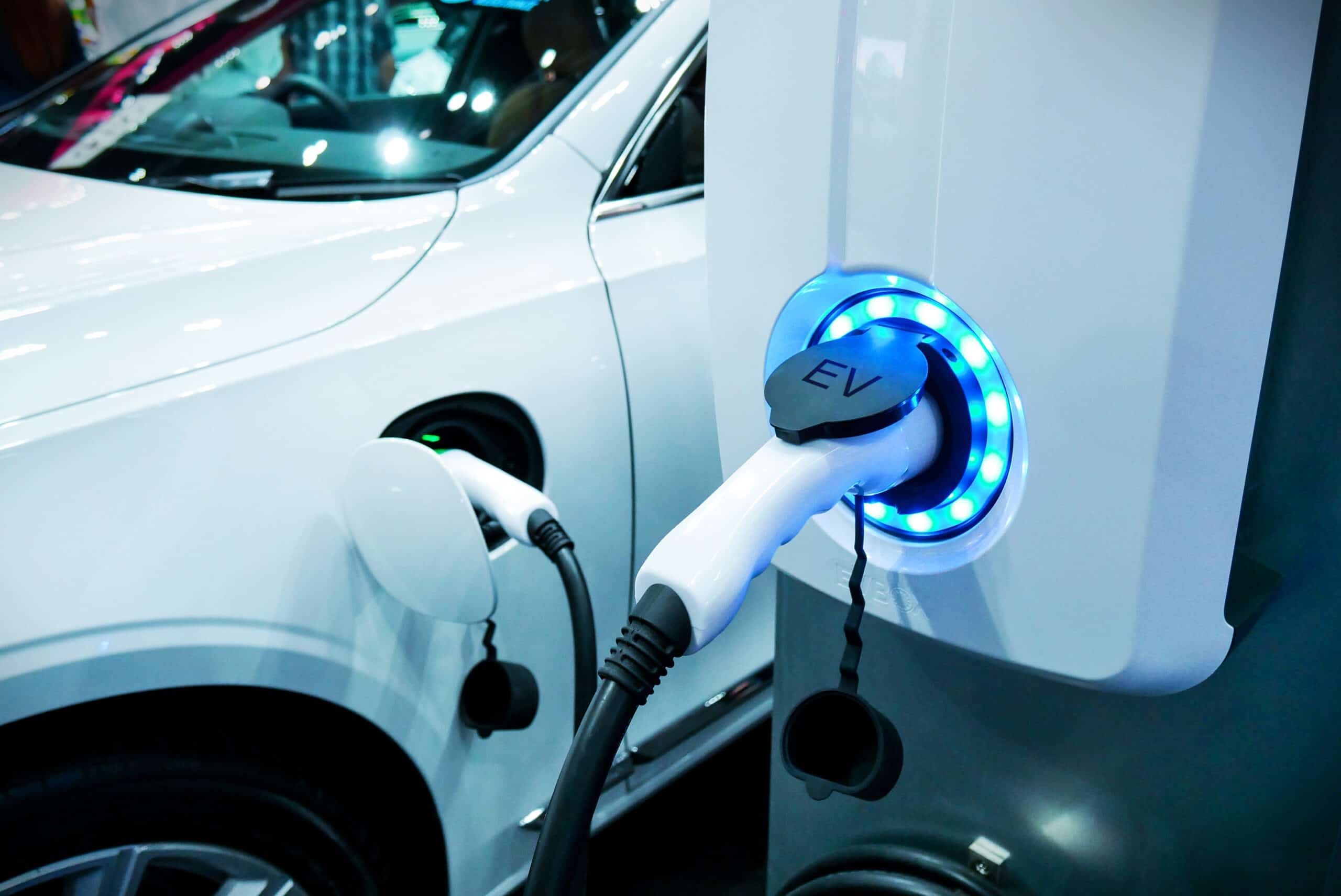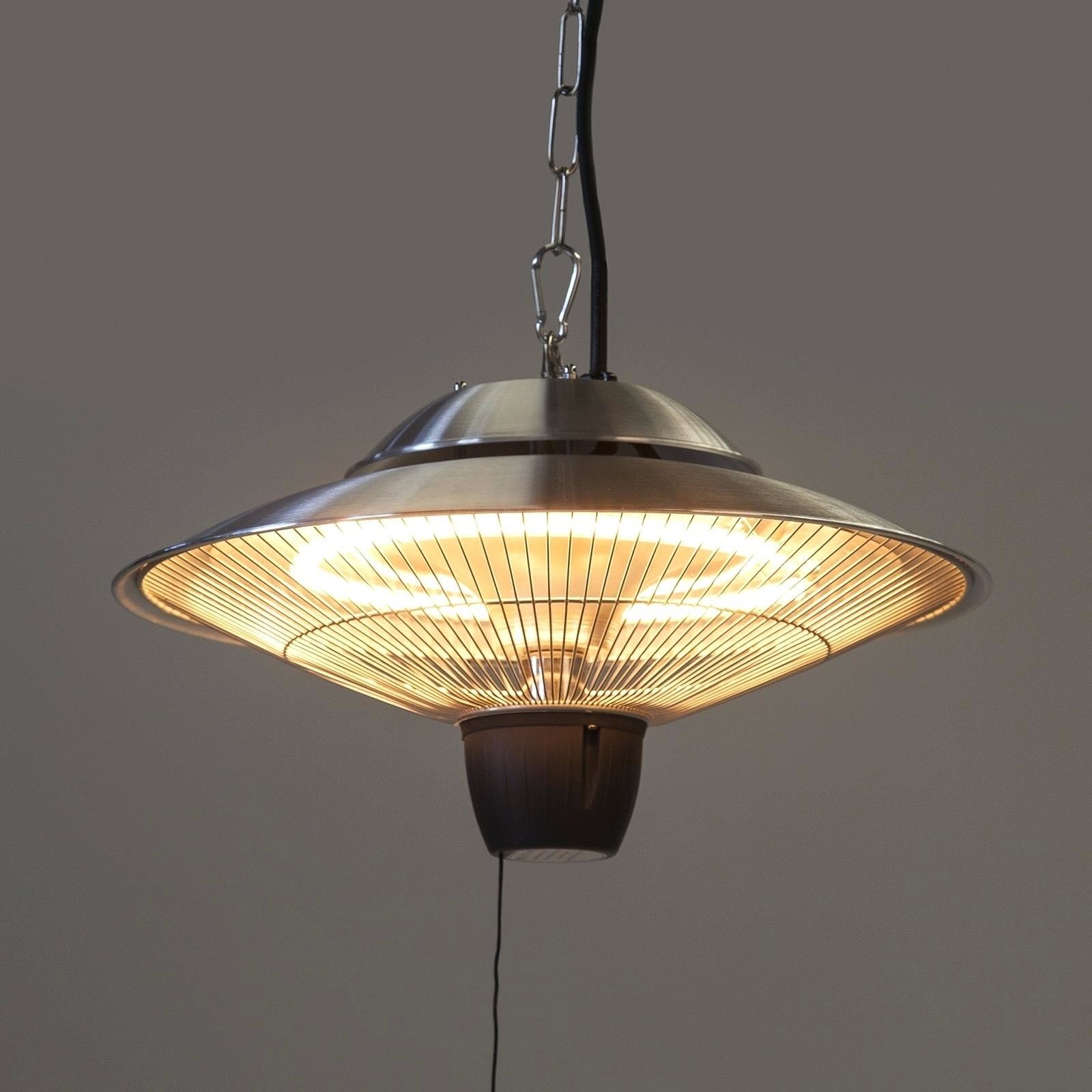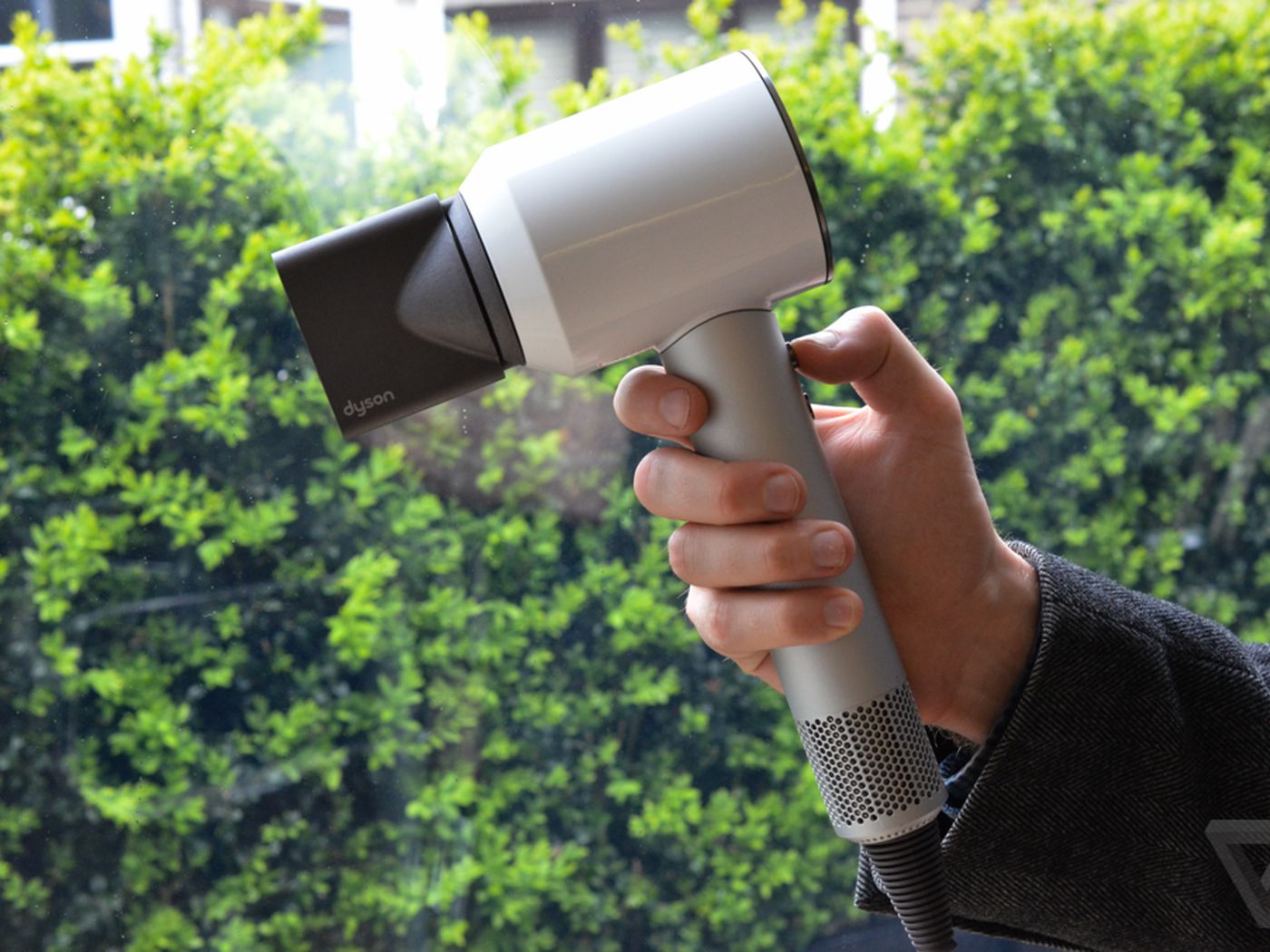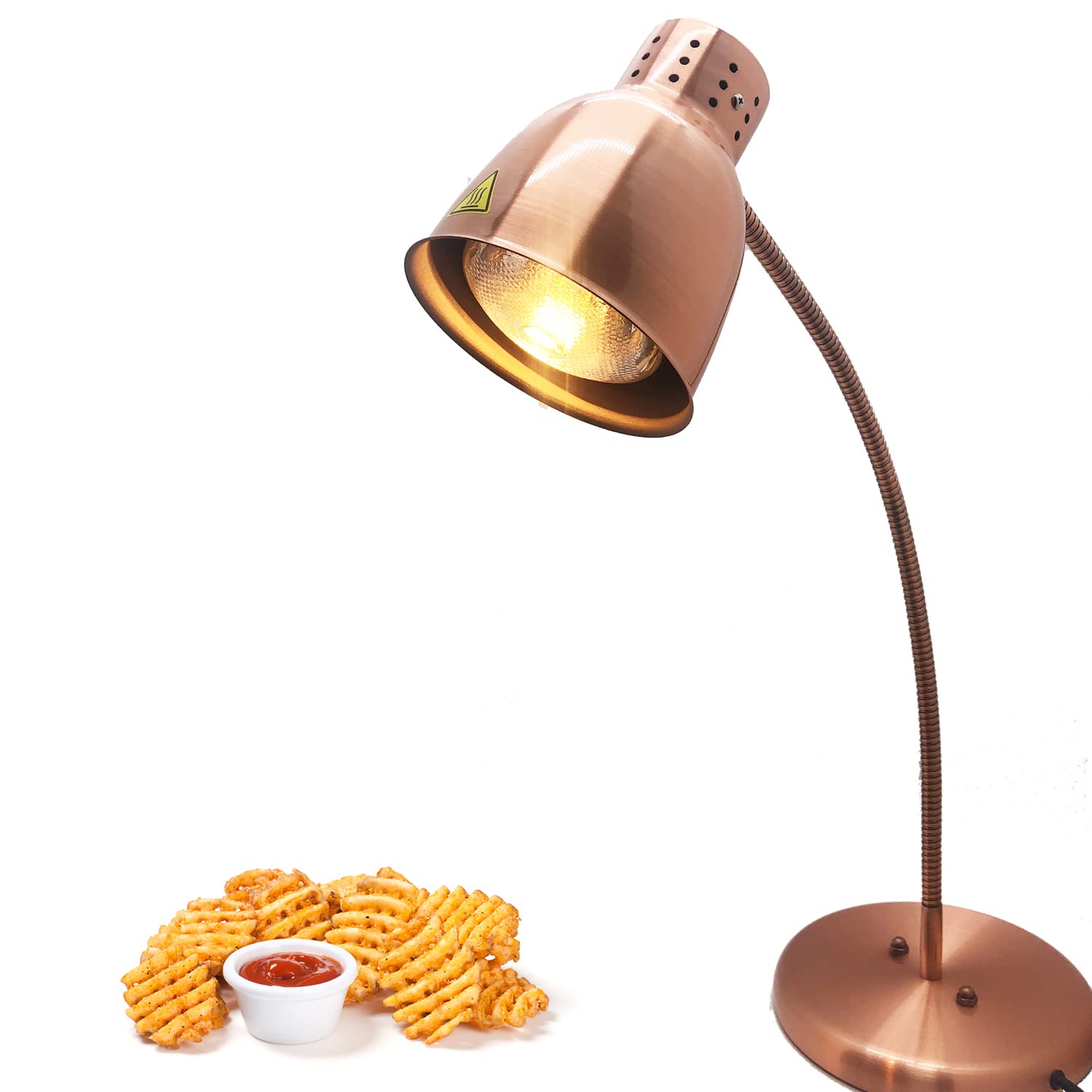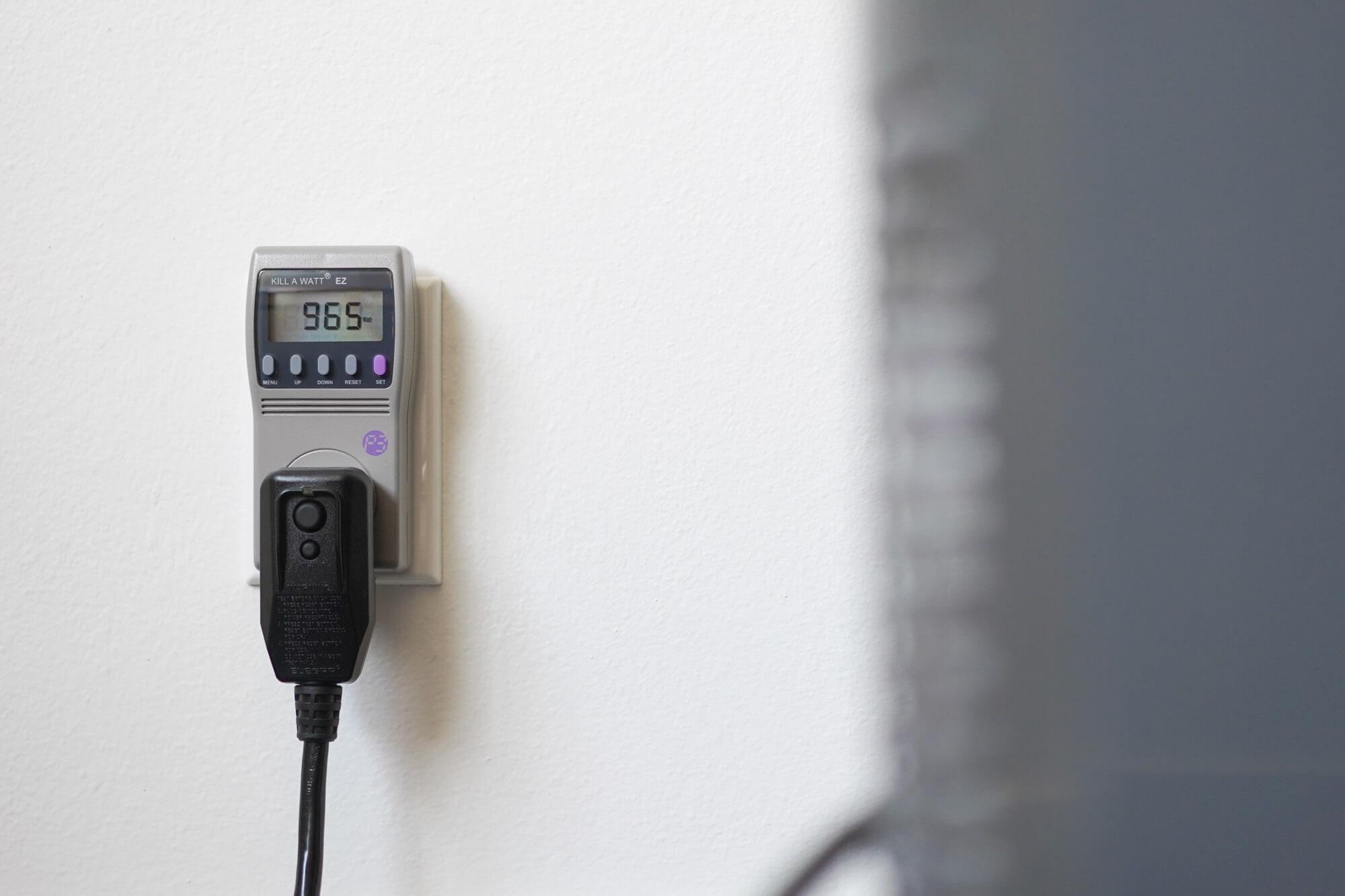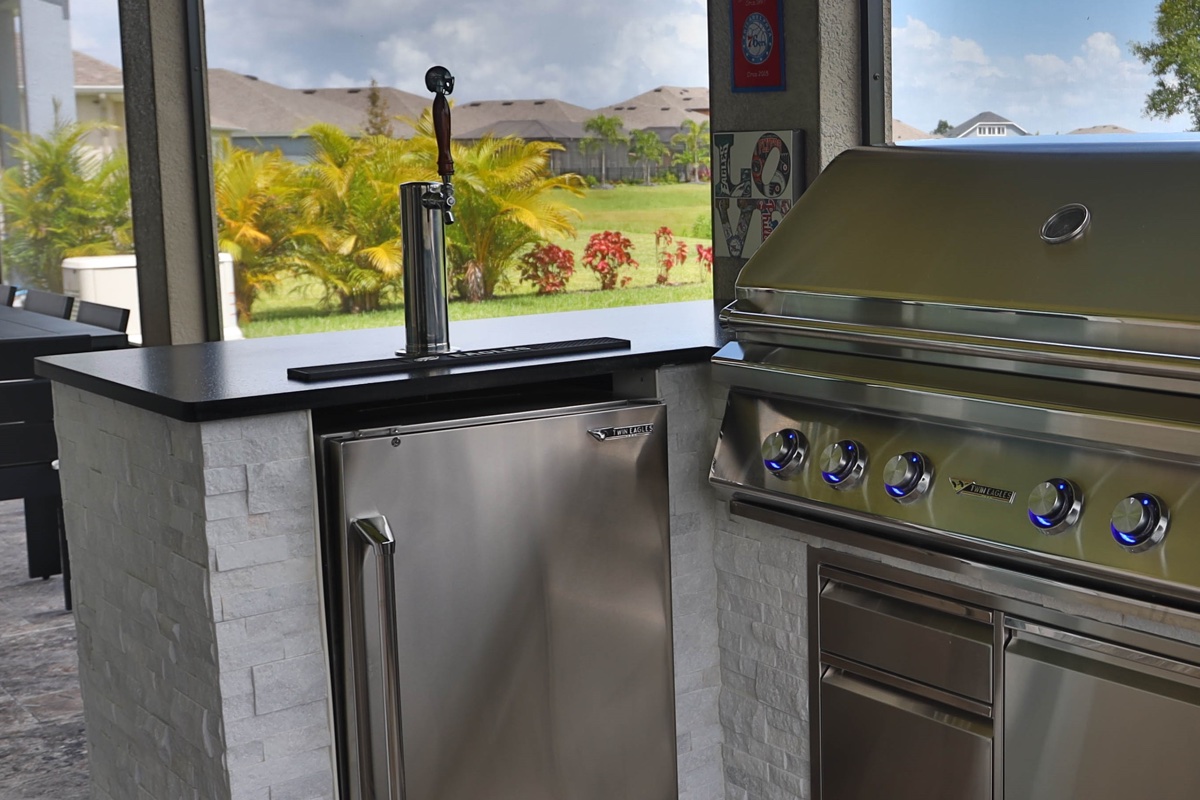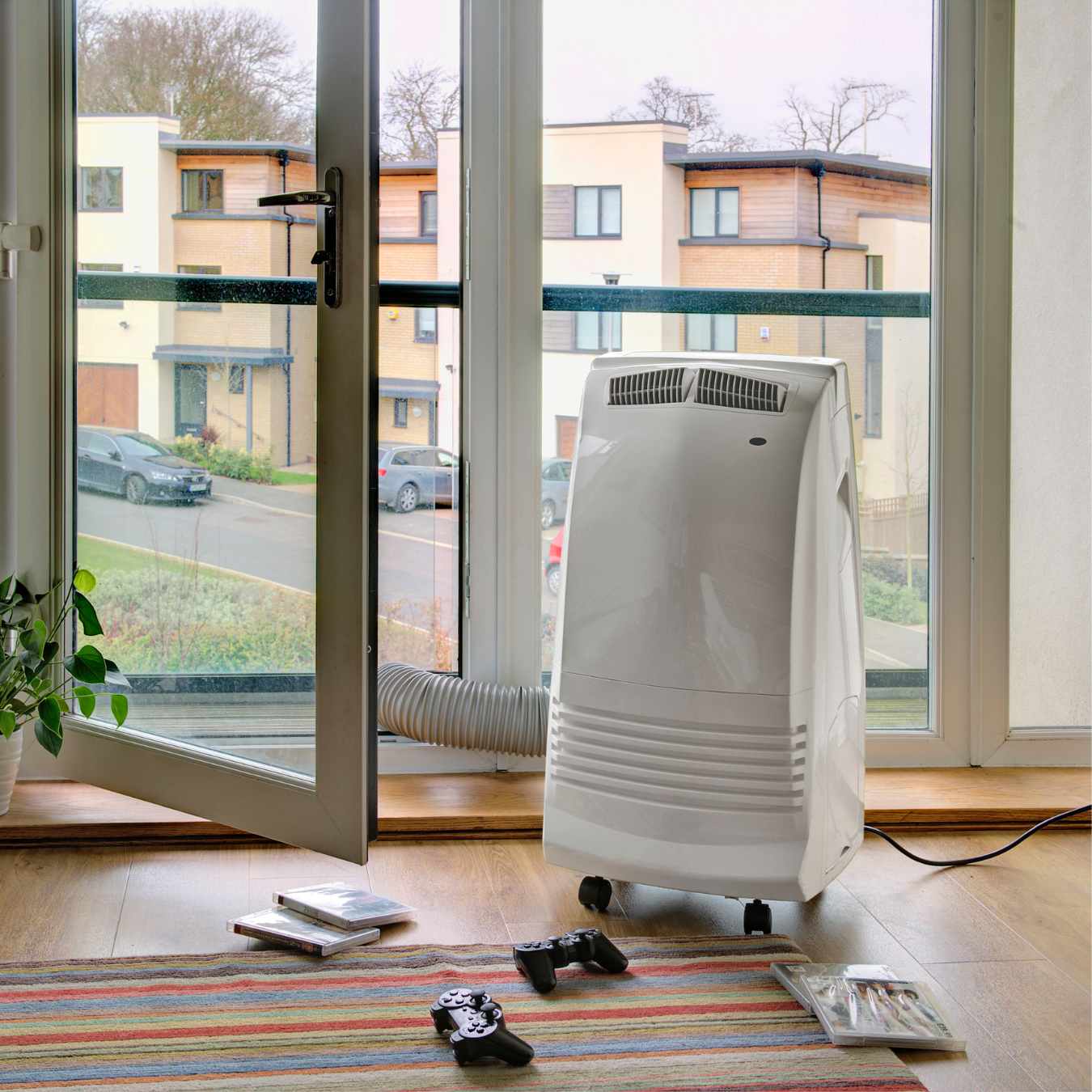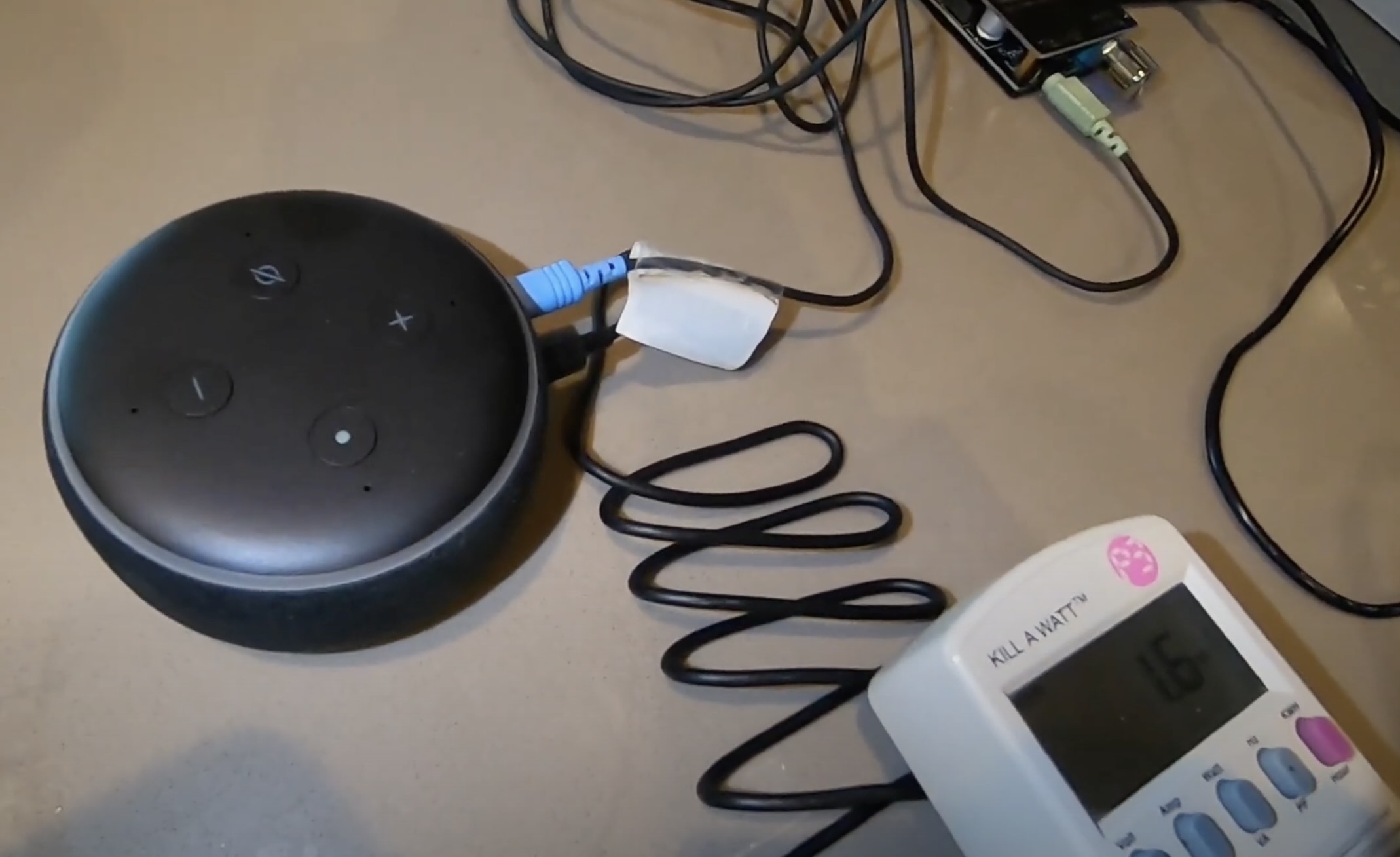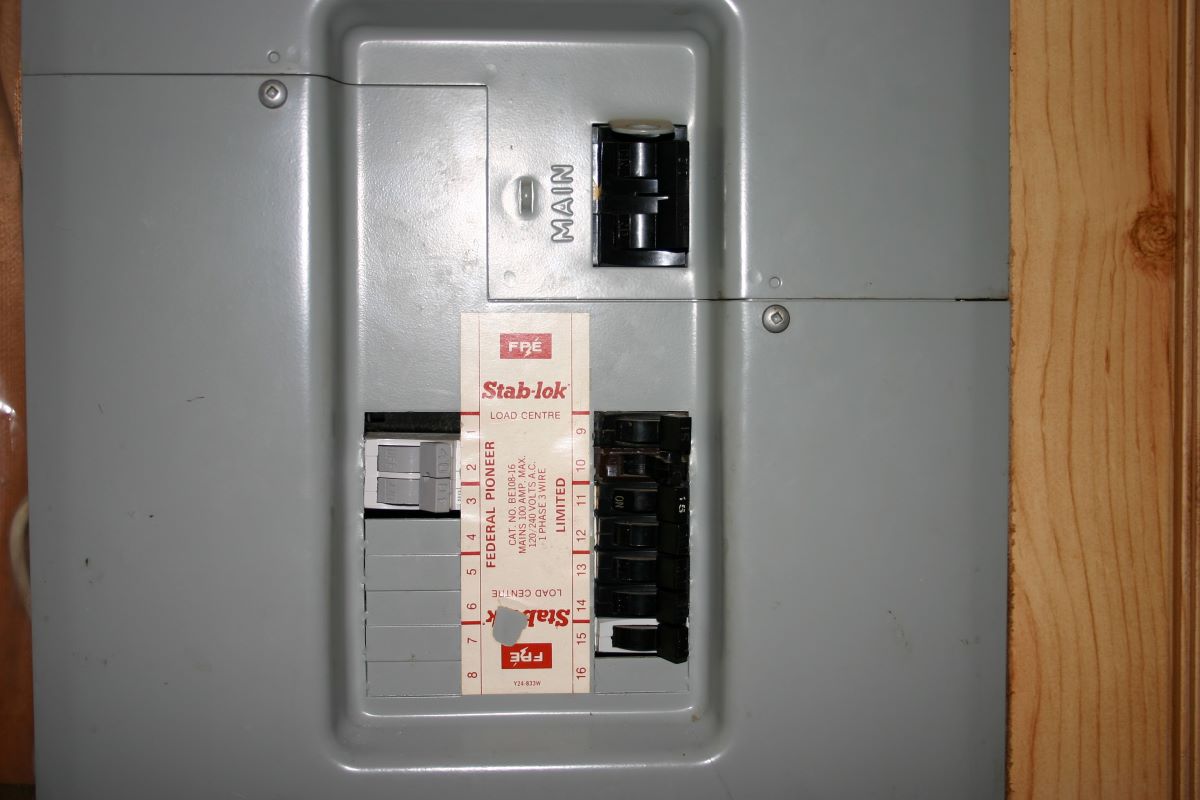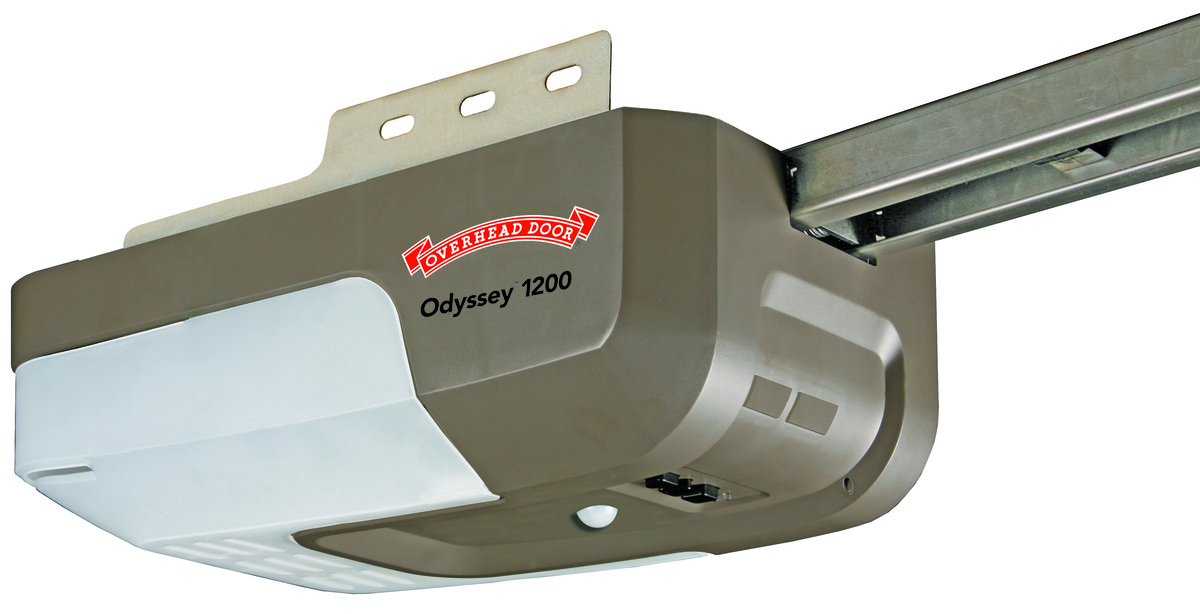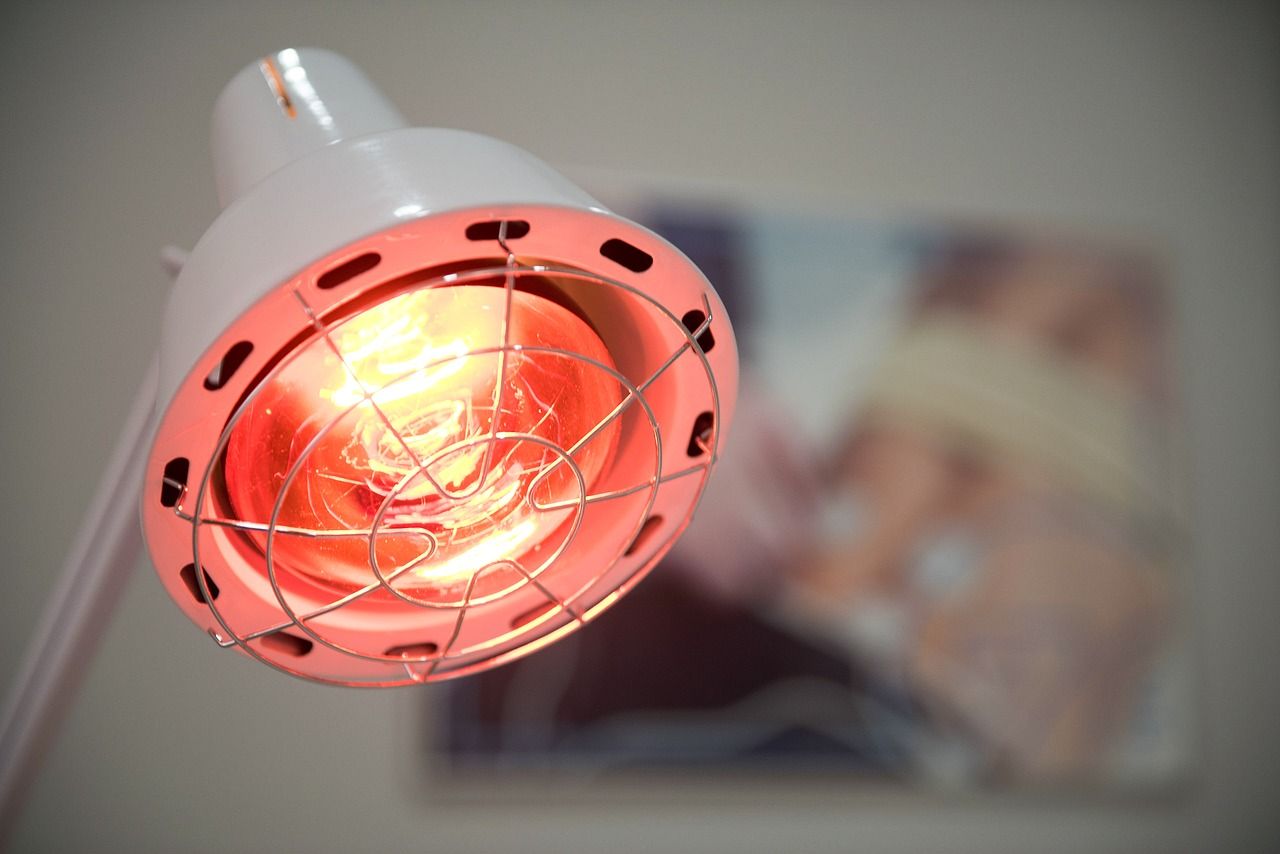

Furniture
How Many Amps Is A Heat Lamp
Modified: December 7, 2023
Discover how many amps a heat lamp for furniture requires and ensure you have the right electrical setup for your cozy space.
(Many of the links in this article redirect to a specific reviewed product. Your purchase of these products through affiliate links helps to generate commission for Storables.com, at no extra cost. Learn more)
Introduction
Welcome to the world of heat lamps! Whether you are a professional chef, a reptile enthusiast, or simply someone looking to keep warm during colder months, heat lamps can be a lifesaver. These versatile devices provide a concentrated source of heat, making them ideal for a variety of purposes.
In this article, we will explore the fascinating world of heat lamps and delve into the important topic of amps. Understanding how many amps a heat lamp requires is crucial for selecting the appropriate power source and ensuring safe and efficient operation.
So, let’s get started!
Key Takeaways:
- Understanding the amp rating of a heat lamp is crucial for safe and efficient operation, ensuring the right power source and avoiding electrical hazards. Always follow manufacturer guidelines and consult an electrician if in doubt.
- When using heat lamps, prioritize safety by proper placement, ventilation, and regular maintenance. Choose the right amp rating based on wattage, voltage, and intended use, and enjoy the benefits of targeted heat in various applications.
Read more: How Many Amps For Refrigerator
Understanding Heat Lamps
Heat lamps are a type of lamp that produce heat through the emission of infrared radiation. They are designed to generate heat energy and deliver it to a specific area or object. Heat lamps are widely used in various industries and applications, from food service and hospitality to pet care and horticulture.
These lamps consist of a bulb or filament surrounded by a protective bulb or tube. The bulb is made of a material that can withstand the high temperatures generated by the lamp. When the lamp is turned on, the filament or bulb heats up and emits infrared radiation, which is then absorbed by nearby objects, raising their temperature.
Heat lamps offer a range of benefits and applications. In the culinary world, they are commonly used for food warming and presentation, keeping dishes at the desired serving temperature. Heat lamps are also used in reptile keeping, providing an essential heat source for reptiles that depend on external heat for their thermoregulation.
In addition to these uses, heat lamps find applications in various industrial processes, such as drying and curing paint or coatings, providing warmth in outdoor spaces, and promoting plant growth in indoor gardening. The versatility of heat lamps makes them indispensable in many industries.
Now that we have a basic understanding of what heat lamps are, let’s explore the significance of amps in these devices.
Importance of Amps in Heat Lamps
Amps, short for amperes, are a measure of electrical current. When it comes to heat lamps, understanding the amp rating is vital for several reasons. The amp rating of a heat lamp determines the amount of electrical current required for its operation. This information is crucial for selecting the appropriate power source, ensuring the electrical circuit can handle the load, and promoting safe and efficient operation of the heat lamp.
If a heat lamp is connected to a power source that cannot deliver the required current, it may not function properly or may not produce sufficient heat. On the other hand, if a heat lamp is connected to a power source that delivers too much current, it can overload the electrical circuit and potentially lead to overheating or even electrical hazards.
It is essential to follow the manufacturer’s recommendations and guidelines regarding the amp ratings of heat lamps. These guidelines will help ensure that the heat lamp operates within safe limits and avoids any electrical issues.
Another aspect to consider when it comes to amps is the electrical circuit. Different circuit sizes can handle different amp loads. For example, a standard household electrical circuit in the United States is typically rated for 15 or 20 amps. If a heat lamp with an amp rating higher than the circuit’s capacity is used, it can cause the circuit breaker to trip and shut off power, disrupting the operation of other devices connected to that circuit.
By understanding the amp requirements of your heat lamp, you can choose the appropriate power source and ensure that it operates smoothly without risking any electrical hazards or disruptions. It is always recommended to consult a qualified electrician if you have any doubts or concerns regarding the electrical requirements of your heat lamp.
Now that we understand the importance of amps in heat lamps, let’s explore the factors that can affect the amp rating of a heat lamp.
Factors Affecting Amps in Heat Lamps
Several factors can influence the amp rating of a heat lamp. Understanding these factors will help you make informed decisions when selecting and using heat lamps. Let’s dive into some of the key factors:
Wattage: Wattage is a measure of the power consumed by the heat lamp. In general, heat lamps with higher wattage ratings will require higher amp ratings. This is because higher wattage lamps draw more current to produce the desired level of heat. It’s important to note that the wattage and amp ratings of a heat lamp are directly related, and you cannot change one without affecting the other.
Voltage: Voltage is the electrical potential difference between two points in a circuit. Heat lamps typically operate on standard household voltages, such as 120V or 240V. Higher voltage generally allows for higher wattage and amp ratings. Before purchasing a heat lamp, make sure to check the voltage compatibility with your power source.
Heat Lamps Type: Different types of heat lamps may have varying amp requirements. For example, infrared heat lamps and ceramic heat lamps have different energy consumption and may have different amp ratings. It is important to consult the manufacturer’s specifications to determine the specific amp rating for the type of heat lamp you are using.
Operating Conditions: The environmental conditions in which a heat lamp operates can also affect its amp rating. Ambient temperature, humidity, and airflow can impact the efficiency and heat output of the lamp. It is important to ensure adequate ventilation and proper distance between the heat lamp and the target object to avoid overheating and potential electrical issues.
Heat Lamp Size: The physical size of a heat lamp can also influence its amp rating. Larger heat lamps may require higher amp ratings to generate the desired level of heat output. When selecting a heat lamp, consider the space available and the heat output required for your specific application.
By considering these factors, you can choose a heat lamp with the appropriate amp rating for your needs and ensure safe and efficient operation.
Now that we have explored the factors affecting amp ratings in heat lamps, let’s move on to examining the common amp ratings found in heat lamps.
The amperage of a heat lamp can vary depending on its wattage. To calculate the amperage, divide the wattage by the voltage (usually 120V for household use) to get the amperage. For example, a 250W heat lamp would draw about 2.08 amps (250W / 120V).
Common Amp Ratings for Heat Lamps
Heat lamps come in a variety of amp ratings to accommodate different heating needs and power requirements. The specific amp rating of a heat lamp will depend on factors such as wattage, voltage, and the intended purpose of the lamp. Let’s take a look at some common amp ratings you may encounter:
- 1-2 Amps: Heat lamps with amp ratings in the 1-2 range are typically low-wattage lamps used for small-scale applications. These may include small food warming lamps or reptile heat lamps for small terrariums or enclosures. They require minimal power and are suitable for low-intensity heating needs.
- 3-5 Amps: Heat lamps with amp ratings between 3-5 amps are more common for medium-sized applications. These lamps may be used for larger food warming stations, medium-sized reptile enclosures, or outdoor patio heat lamps. They provide a moderate level of heat output and are suitable for a range of heating needs.
- 6-10 Amps: Heat lamps with amp ratings in the 6-10 range are considered high-wattage lamps. These lamps are often used in commercial kitchens for food warming, buffet stations, or large reptile habitats. They provide a significant amount of heat output and require a higher power supply.
- Above 10 Amps: Heat lamps with amp ratings above 10 amps are generally found in industrial settings or specialized applications. These lamps may be used for large-scale food service operations, greenhouse heating, or industrial processes that require high-intensity heat. It’s important to consult a professional electrician when dealing with heat lamps in this amp range to ensure proper electrical connections and safety measures.
Keep in mind that these are just general ranges, and specific amp ratings can vary depending on the manufacturer and model of the heat lamp. Always check the manufacturer’s specifications and guidelines to determine the exact amp rating for the heat lamp you are considering.
Now that we have explored common amp ratings for heat lamps, let’s delve into the process of choosing the right amp rating for your specific heat lamp needs.
Read more: How Many Amps Are In A Dryer
Choosing the Right Amp Rating for your Heat Lamp
Choosing the right amp rating for your heat lamp is crucial to ensure safe and efficient operation. Here are some important considerations to help you select the appropriate amp rating for your specific needs:
1. Determine the wattage: Start by determining the wattage requirement of your heat lamp. The wattage is a key factor in determining the amp rating. Higher wattage lamps will typically require higher amp ratings to provide the necessary current for operation.
2. Check the voltage: Verify the voltage compatibility of your heat lamp with the available power source. Most residential settings in the United States operate on 120V, while other regions may have different voltage standards. Ensure that your heat lamp’s amp rating matches the voltage of your power source to avoid any electrical issues.
3. Consider the intended use: Assess the specific application of your heat lamp. Different uses may require different heat outputs and, consequently, different amp ratings. For example, a small food warming lamp may have lower amp requirements compared to a larger heat lamp used for heating a spacious outdoor patio.
4. Evaluate the electrical circuit capacity: Determine the capacity of the electrical circuit that will supply power to your heat lamp. This is particularly important if you are using multiple heat lamps or have other devices connected to the same circuit. Ensure that the combined amp ratings of all devices do not exceed the circuit’s capacity to avoid potential electrical hazards or circuit overload.
5. Refer to manufacturer guidelines: Always refer to the manufacturer’s guidelines and specifications to determine the recommended amp rating for your specific heat lamp model. Manufacturers have extensive knowledge of their products and can provide accurate information to ensure proper operation and safety.
6. Consult with an electrician: If you’re unsure about the electrical requirements or the amp rating for your heat lamp, it’s always advisable to consult with a qualified electrician. They can assess your specific electrical setup, provide expert advice, and ensure proper installation and operation of your heat lamp.
By considering these factors and following the manufacturer’s recommendations, you can confidently choose the right amp rating for your heat lamp and enjoy safe and efficient heating in your desired application.
Now that we have explored how to choose the right amp rating, let’s move on to discussing safety precautions when using heat lamps.
Safety and Precautions when Using Heat Lamps
While heat lamps can be incredibly useful and efficient, it is essential to prioritize safety when using them. Here are some important safety precautions to keep in mind:
1. Proper Placement: Ensure that you position the heat lamp in a safe and appropriate location. Keep the lamp away from flammable materials, such as curtains or papers, and ensure it is out of reach of children or pets who may accidentally come into contact with the hot surface.
2. Distance from Objects: Maintain a safe distance between the heat lamp and the objects it is intended to warm. Different heat lamps have recommended distance guidelines specified by the manufacturer. Adhering to these guidelines helps prevent overheating and reduces the risk of fire hazards.
3. Ventilation: Provide adequate ventilation when using heat lamps, especially in enclosed spaces. Proper airflow helps dissipate the heat and prevents excessive buildup of heat in a concentrated area, reducing the risk of overheating or damage to the lamp or surrounding objects.
4. Supervision: Always monitor the heat lamp when it is in use. Avoid leaving it unattended, especially in situations where there is a potential risk of fire or other hazards. Regularly check the lamp for any signs of damage or malfunctioning and address any issues immediately.
5. Avoid Water Exposure: Heat lamps and water do not mix. Keep the lamp away from any water sources to prevent electrical shocks or short circuits. Ensure that the lamp is placed in a dry area and avoid any contact with liquid substances.
6. Follow Manufacturer’s Instructions: Read and follow the manufacturer’s instructions and guidelines carefully. Each heat lamp may have specific usage instructions and safety recommendations. Adhering to these instructions ensures the safe and proper operation of the lamp.
7. Professional Installation: If you are unsure about electrical connections or installation, it is always better to seek professional assistance from a qualified electrician. They can ensure proper installation, appropriate wiring, and grounding, minimizing the risk of electrical accidents.
8. Regular Maintenance: Perform regular maintenance on your heat lamp to ensure its optimal performance and safety. Clean the lamp regularly, remove any dust or debris, and inspect the electrical components for any signs of wear or damage. Replace any faulty parts or lamps promptly.
By following these safety precautions and taking necessary measures, you can enjoy the benefits of heat lamps while keeping yourself and your surroundings safe.
Now that we have covered safety precautions, let’s conclude our exploration of heat lamps.
Conclusion
Heat lamps are versatile devices that provide an efficient and targeted source of heat for various applications. Understanding the importance of amps in heat lamps is essential for selecting the right power source and ensuring safe and optimal performance. Additionally, considering factors like wattage, voltage, and the intended use of the heat lamp helps determine the appropriate amp rating for your specific needs.
By choosing the correct amp rating and following safety precautions, such as proper placement, maintaining distance from objects, providing adequate ventilation, and regular maintenance, you can ensure the safe and efficient operation of your heat lamp. Always consult the manufacturer’s guidelines and, if needed, seek assistance from a qualified electrician for installation and electrical connections.
Whether you’re using a heat lamp for food warming, reptile keeping, or other applications, it is crucial to prioritize safety, monitor the lamp when in use, and take necessary precautions to minimize the risk of fire hazards or electrical accidents. By doing so, you can enjoy the benefits of heat lamps while maintaining a safe environment.
Remember, each heat lamp is unique, and it is important to refer to the specific manufacturer’s recommendations and guidelines for your particular model. Keep yourself informed, and always prioritize safety to make the most out of your heat lamp experience.
With the knowledge gained from this article, you are now equipped to make informed decisions about heat lamps, understanding the importance of amps, selecting the right amp rating, and using them safely in various applications. Stay warm and enjoy the benefits of a well-functioning heat lamp!
Frequently Asked Questions about How Many Amps Is A Heat Lamp
Was this page helpful?
At Storables.com, we guarantee accurate and reliable information. Our content, validated by Expert Board Contributors, is crafted following stringent Editorial Policies. We're committed to providing you with well-researched, expert-backed insights for all your informational needs.
